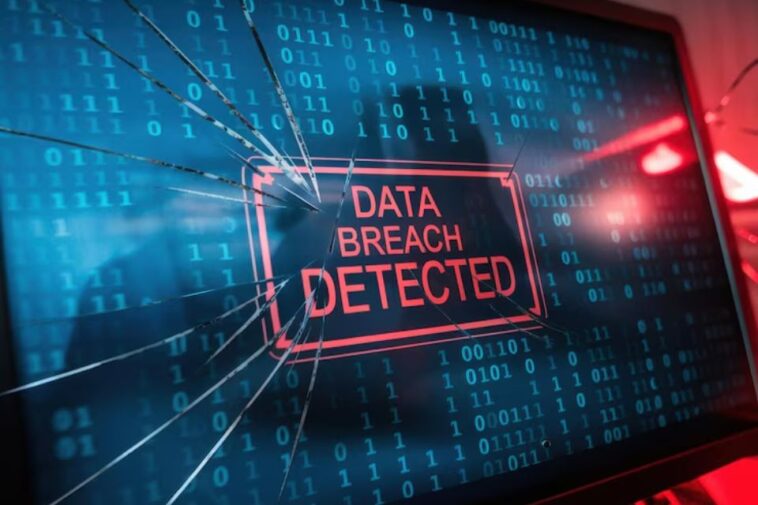Thejavasea.me leaks AIO-TLP have become a topic of concern among cybersecurity experts and internet users. With the increasing number of data breaches, understanding the nature of these leaks is crucial. Whether you are a casual internet user or a professional handling sensitive information, knowing how to safeguard data is essential.
Understanding Thejavasea.me Leaks AIO-TLP
Thejavasea.me leaks AIO-TLP refer to unauthorized disclosures of data related to AIO-TLP, a system commonly used for managing sensitive information. These leaks could include personal details, login credentials, and confidential records. The exposure of such data can pose risks, including identity theft and unauthorized access to digital assets.
These leaks often arise from breaches in databases, unauthorized access to online platforms, and even insider threats. With data becoming an increasingly valuable asset, cybercriminals are targeting vulnerabilities in systems to gain unauthorized access.
Potential Risks & Implications
The consequences of thejavasea.me leaks AIO-TLP extend beyond mere data exposure. They can lead to financial losses, reputational damage, and compromised security for individuals and organizations. Cybercriminals often exploit leaked information for malicious activities, making it imperative to address these risks proactively.
Additionally, leaked data can be used for social engineering attacks, fraud, and even blackmail. Victims may find their accounts hacked, private information leaked, or financial assets drained. Businesses affected by such leaks may lose customers’ trust, face legal penalties, or suffer operational disruptions.
How Does The Information Gets Leaked?
Several factors contribute to thejavasea.me leaks AIO-TLP, including:
- Weak security protocols that fail to protect sensitive data.
- Phishing attacks that trick users into revealing credentials.
- Exploitation of software vulnerabilities.
- Insider threats where individuals with access intentionally leak data.
- Poorly configured databases that expose information to unauthorized parties.
- Lack of encryption, making data easily accessible to hackers.
Understanding these sources can help mitigate the chances of data breaches. Organizations and individuals should ensure that their security practices align with the latest protection strategies to minimize the risk of leaks.
How To Protect Yourself From Thejavasea.me Leaks AIO-TLP
To minimize the risk associated with these leaks, individuals and organizations should adopt robust cybersecurity practices:
- Use Strong Passwords: Avoid using easily guessable passwords and enable multi-factor authentication.
- Regular Security Audits: Assess systems regularly to identify and patch vulnerabilities.
- Data Encryption: Encrypt sensitive information to prevent unauthorized access.
- Update Software: Ensure all applications and systems are up to date with the latest security patches.
- Educate Users: Awareness programs can help individuals recognize phishing attempts and other security threats.
- Limit Data Access: Restrict access to sensitive data only to authorized personnel.
- Monitor Network Traffic: Keep track of unusual activities in your systems that might indicate a breach.
Response Measures After A Data Leak
If affected by thejavasea.me leaks AIO-TLP, taking immediate action can help minimize damage:
- Change Credentials: Update passwords for all potentially compromised accounts.
- Monitor Financial Activity: Keep an eye on bank transactions for any unauthorized activity.
- Enable Security Alerts: Activate notifications for login attempts and suspicious activities.
- Report the Incident: Notify the relevant authorities or organizations responsible for data security.
- Check Data Breach Monitoring Tools: Use services like Have I Been Pwned to see if your data has been exposed.
- Contact Affected Services: Inform any associated service providers about the breach to take necessary measures.
Importance Of Cybersecurity Awareness
With data breaches becoming more frequent, prioritizing cybersecurity is essential. Organizations must adopt proactive security measures, and individuals should stay informed about evolving threats. Preventing incidents like thejavasea.me leaks AIO-TLP requires collective efforts in implementing strong security policies and fostering a culture of digital awareness.
Regular training programs and updates about cybersecurity risks can help reduce vulnerabilities. Businesses should enforce security policies, while individuals should stay cautious when interacting online.
Summary
Thejavasea.me leaks AIO-TLP highlight the increasing risks associated with data breaches. Unauthorized disclosures can lead to severe consequences, making it necessary to adopt strong cybersecurity measures. Protecting sensitive information through password security, encryption, and regular system audits can help mitigate risks and ensure data safety.
By implementing security best practices, organizations and individuals can significantly reduce the impact of potential data leaks. Staying informed and proactive is key to ensuring digital safety in an increasingly interconnected world.
FAQs
What are thejavasea.me leaks AIO-TLP?
Thejavasea.me leaks AIO-TLP refer to unauthorized data exposures that involve sensitive information related to AIO-TLP systems.
How do thejavasea.me leaks AIO-TLP happen?
These leaks occur due to security vulnerabilities, phishing attacks, weak passwords, and insider threats.
What should I do if my data is part of thejavasea.me leaks AIO-TLP?
Change your passwords, monitor financial activity, enable security alerts, and report the incident to the necessary authorities.
How can I prevent risks associated with thejavasea.me leaks AIO-TLP?
Use strong passwords, encrypt data, update software regularly, and stay informed about cybersecurity best practices.
Is there a way to check if my data is part of thejavasea.me leaks AIO-TLP?
You can use data breach monitoring services to check if your credentials have been compromised.


